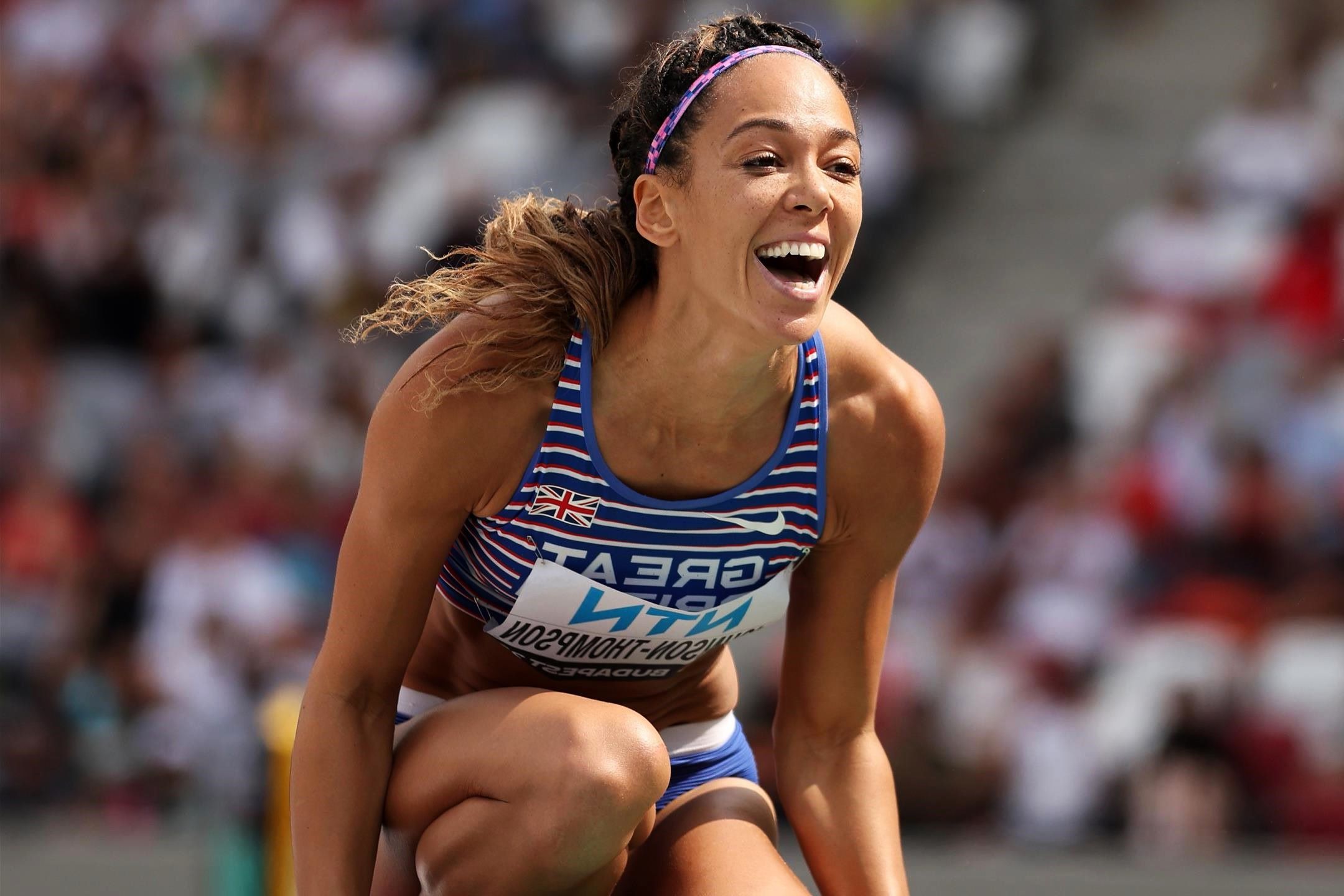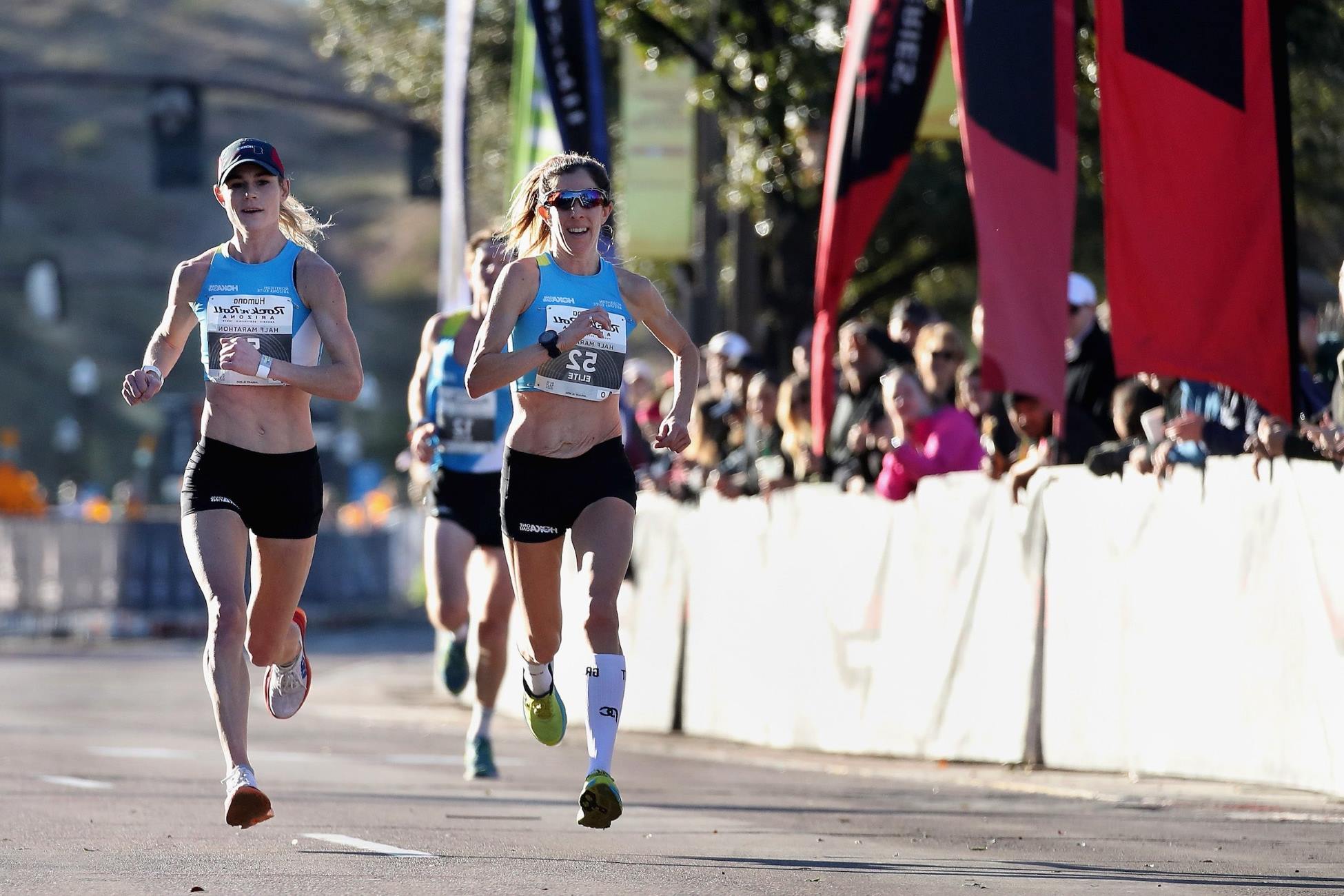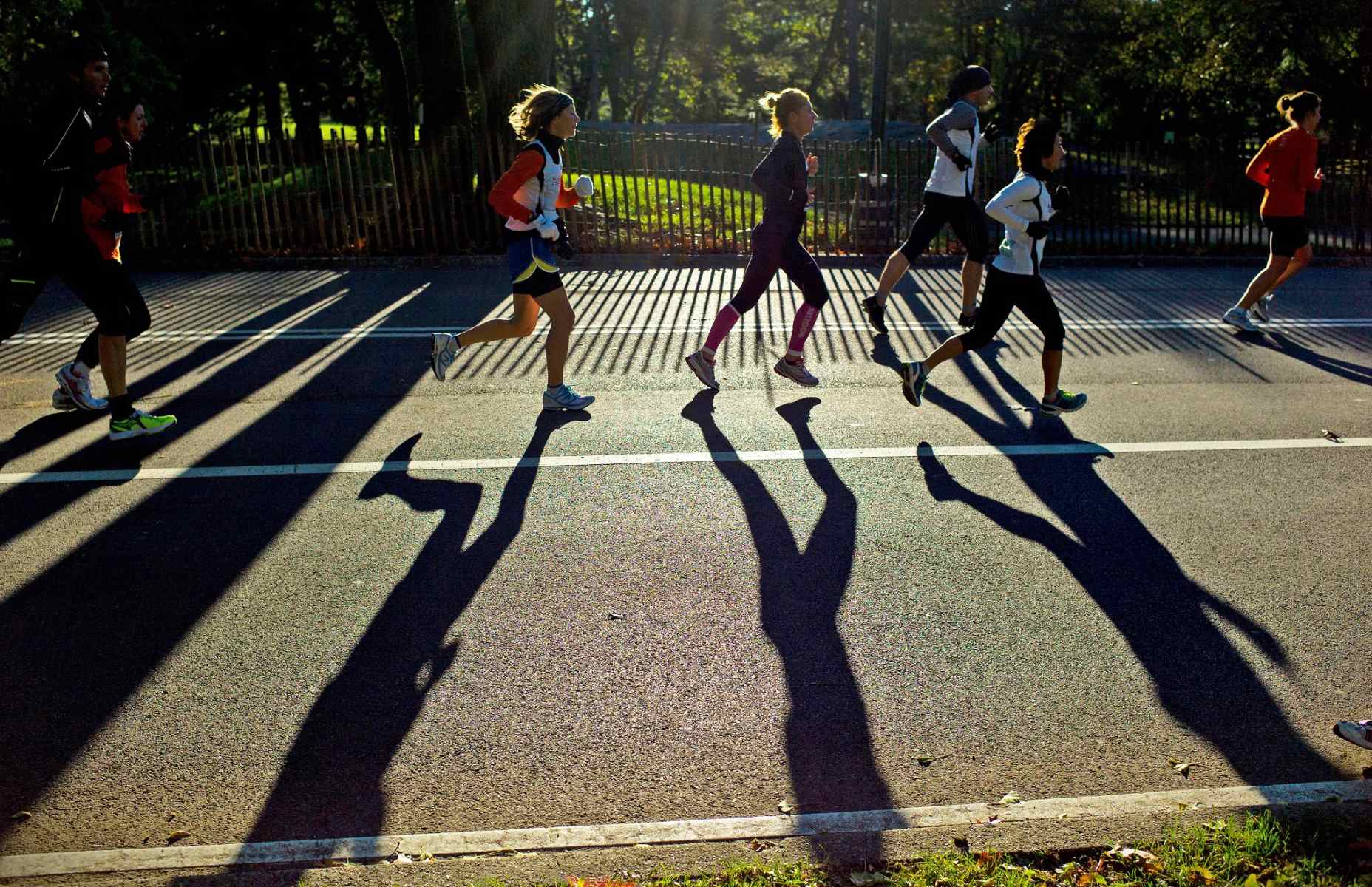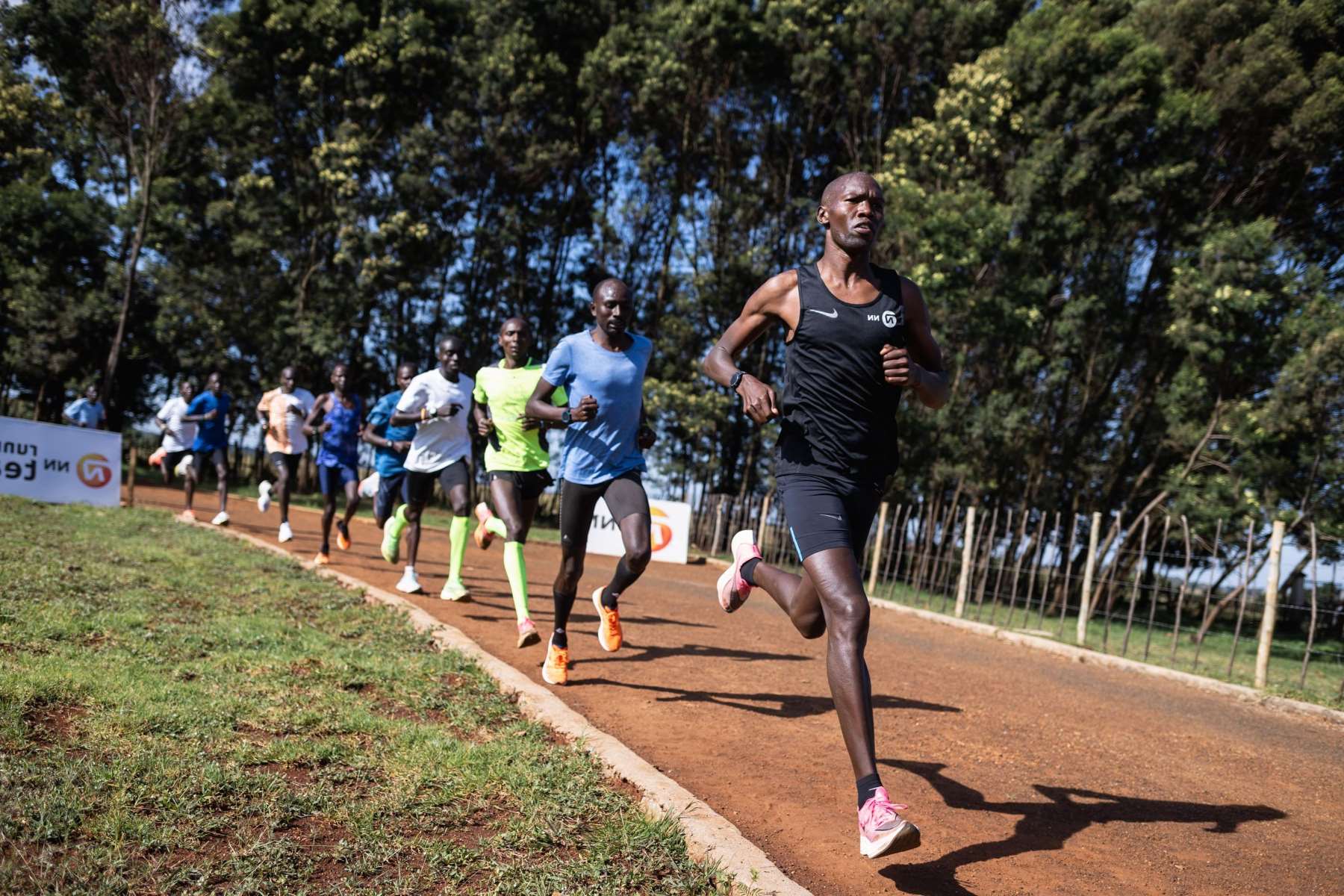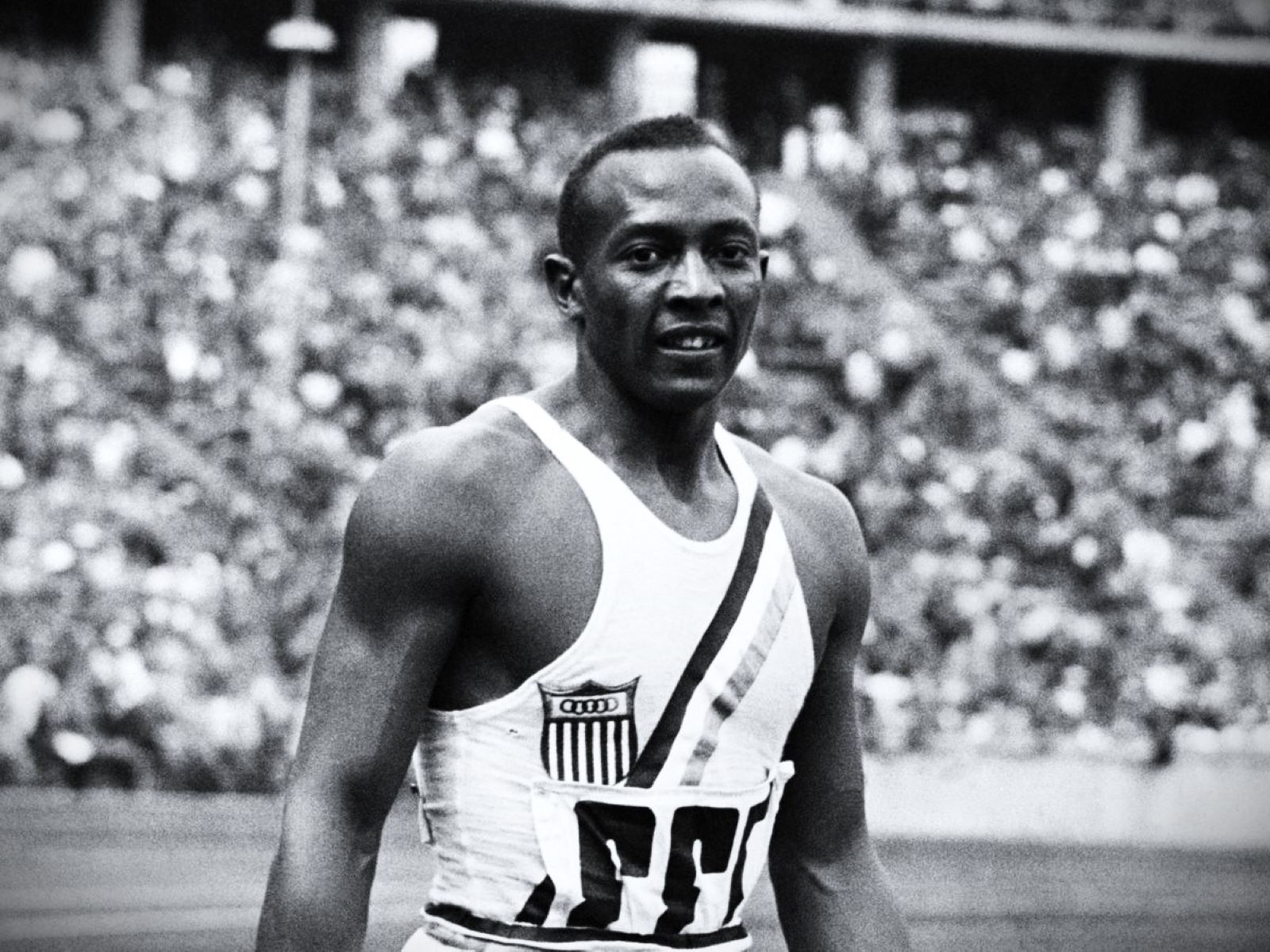Home>Training & Techniques>The Distance Covered By Footballers In The World Cup
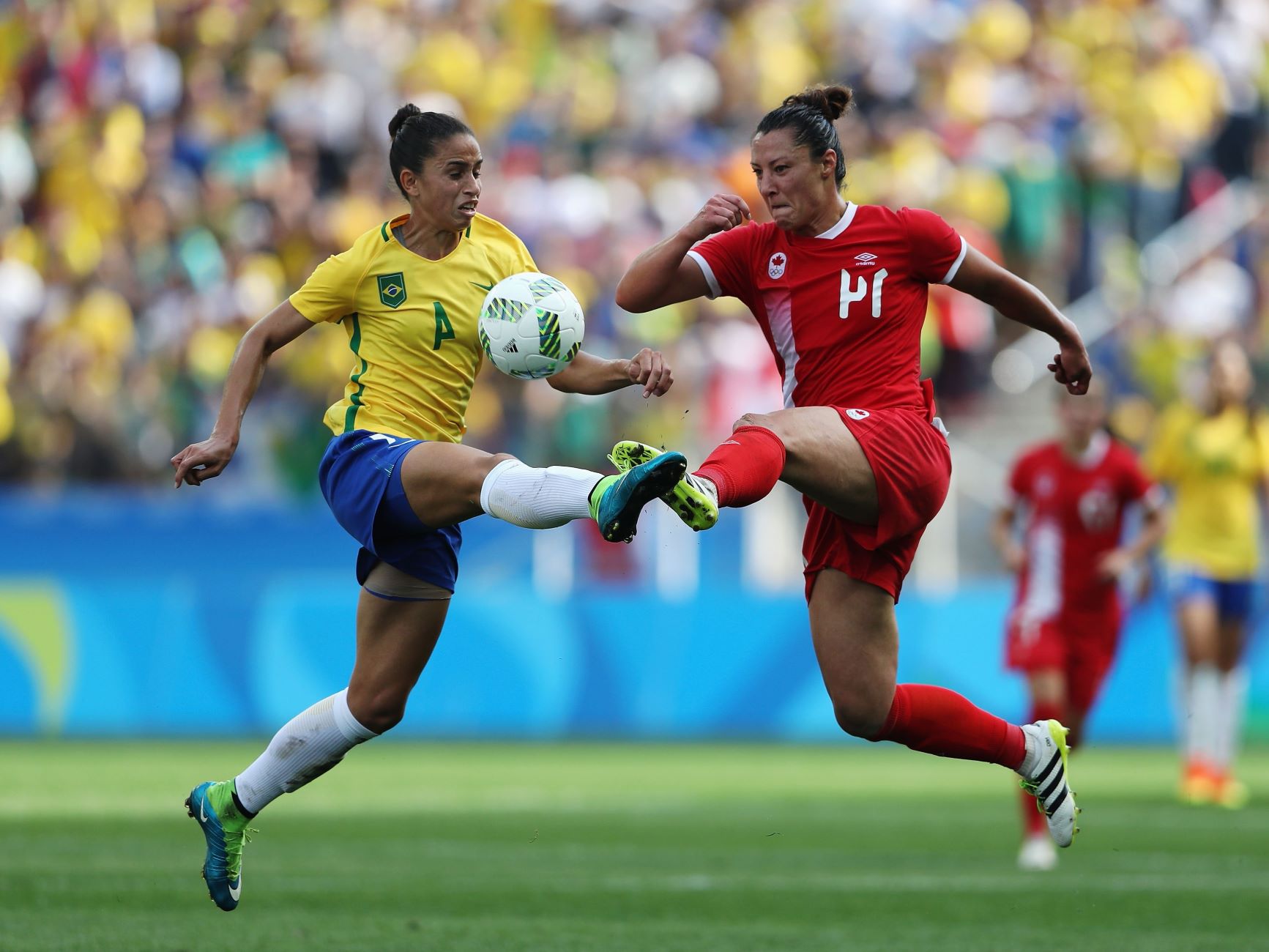

Training & Techniques
The Distance Covered By Footballers In The World Cup
Published: March 6, 2024
Discover the training and techniques behind the incredible distance covered by footballers in the World Cup. Learn how players prepare for peak performance on the field.
(Many of the links in this article redirect to a specific reviewed product. Your purchase of these products through affiliate links helps to generate commission for Therunningadvisor.com, at no extra cost. Learn more)
Table of Contents
Introduction
The FIFA World Cup is a global spectacle that captivates the hearts and minds of millions of football enthusiasts around the world. It is a stage where the finest footballers showcase their skills, athleticism, and endurance. One of the intriguing aspects of the game is the incredible distance covered by these athletes during the tournament. The distance covered by footballers in the World Cup is a testament to their exceptional physical prowess and unwavering commitment to the sport.
Throughout the history of the World Cup, fans have witnessed remarkable displays of athleticism as players tirelessly traverse the field, sprinting, jogging, and maneuvering to gain possession, create scoring opportunities, and defend against their opponents. The sheer magnitude of the distances covered by these athletes is a testament to their dedication and the demanding nature of the sport.
The distance covered by footballers in the World Cup is not merely a statistic; it represents the relentless effort and determination exhibited by these athletes as they strive for victory on the grandest stage of international football. It is a reflection of their unwavering work ethic, physical conditioning, and tactical acumen, all of which contribute to the captivating drama and excitement that unfolds on the pitch.
As we delve into the intricacies of the distance covered by footballers in the World Cup, we will explore the methodologies used to measure these distances, the average distances covered by players, the factors that influence these distances, and the impact of such exertion on their overall performance. By gaining insight into these aspects, we can truly appreciate the remarkable athleticism and dedication displayed by footballers on the world stage.
Methodology for Measuring Distance Covered
The methodology for measuring the distance covered by footballers in the World Cup involves the use of advanced tracking technologies and data analytics. These innovative tools provide invaluable insights into the movement patterns and physical exertion of players throughout the tournament. One of the primary methods employed is the use of GPS tracking devices embedded in the players' kits. These devices capture real-time data, including the distance covered, speed, acceleration, deceleration, and changes in direction.
The GPS tracking technology utilizes a network of satellites to accurately monitor the movements of each player on the field. By collecting data at high frequencies, often several times per second, these devices offer a comprehensive overview of the players' spatial dynamics and physical output. This data is then processed and analyzed using sophisticated software, which generates detailed reports and visual representations of the players' performance metrics.
In addition to GPS tracking, advanced camera systems, such as optical tracking and computer vision technology, are employed to further enhance the accuracy of distance measurements. These camera systems utilize algorithms to track the positions of players and the ball, allowing for precise calculations of distances covered and spatial relationships on the field.
Furthermore, the integration of wearable technology, such as accelerometers and gyroscopes, provides supplementary data on the players' movements, including their acceleration, deceleration, and changes in direction. This multi-faceted approach to data collection ensures a comprehensive and nuanced understanding of the physical demands placed on footballers during the World Cup.
The combination of GPS tracking, optical tracking, and wearable technology enables analysts and coaches to gain deep insights into the players' performance, fatigue levels, and tactical contributions. This wealth of data not only facilitates post-match analysis but also informs training regimens, injury prevention strategies, and tactical adjustments.
In essence, the methodology for measuring the distance covered by footballers in the World Cup is a testament to the convergence of sports science, technology, and data analytics. It provides a holistic view of the physical exertion and athletic prowess demonstrated by players on the grand stage of international football, offering a profound appreciation for their remarkable feats of endurance and skill.
Average Distance Covered by Footballers in the World Cup
The average distance covered by footballers in the World Cup serves as a compelling indicator of the immense physical demands placed on these elite athletes during the tournament. Across the history of the World Cup, the distances covered by players have exhibited a remarkable trend, reflecting the evolving nature of the sport and the increasing emphasis on athleticism and endurance.
In recent editions of the World Cup, the average distance covered by footballers has surged, underscoring the heightened pace and intensity of the modern game. Advanced tracking technologies have revealed that top-tier players routinely cover distances exceeding 10 kilometers per match, with some exceptional individuals surpassing the 12-kilometer mark. This surge in distances covered can be attributed to several factors, including tactical evolutions, enhanced fitness regimens, and the relentless pursuit of victory on the global stage.
The increased distances covered by footballers in the World Cup are emblematic of the evolving role of players on the field. Modern football places a premium on dynamic movement, pressing, and positional interchangeability, all of which contribute to the augmented physical output of players. The tactical nuances of the game, characterized by high-pressing systems, rapid transitions, and expansive playing styles, necessitate a sustained and vigorous work rate from footballers, culminating in the accumulation of substantial distances covered over the course of a match.
Furthermore, the heightened physical demands of the World Cup underscore the exceptional conditioning and athleticism of the participating footballers. These athletes undergo rigorous training regimens, tailored to enhance their endurance, speed, and recovery capabilities, thereby enabling them to sustain the frenetic pace of the tournament. The average distance covered by footballers in the World Cup is a testament to their unwavering commitment to peak physical performance and their ability to thrive under the immense pressure of representing their respective nations on the global stage.
As the World Cup continues to captivate audiences worldwide, the average distance covered by footballers serves as a poignant reflection of the sport's evolution and the extraordinary athleticism displayed by its participants. It stands as a testament to the enduring spirit of competition, the pursuit of excellence, and the unyielding dedication of footballers to leave an indelible mark on the grandest stage of international football.
Factors Affecting the Distance Covered
The distance covered by footballers in the World Cup is influenced by a myriad of factors that collectively shape the physical output and exertion levels of players throughout the tournament. These factors encompass a broad spectrum of elements, ranging from tactical considerations to individual attributes, all of which contribute to the distances covered by footballers on the grand stage of international football.
Tactical Strategies:
Tactical strategies employed by teams play a pivotal role in determining the distances covered by footballers in the World Cup. High-pressing systems, characterized by intense defensive pressure and rapid transitions, often necessitate extensive running and positional fluidity from players. Similarly, possession-based playing styles emphasize intricate movement patterns and off-the-ball runs, leading to substantial distances covered as players seek to create passing lanes and support their teammates.
Read more: What Is Your Running Distance Limit?
Playing Position:
The playing position of footballers significantly influences the distances covered during the World Cup. Midfielders, renowned for their box-to-box dynamism and multifaceted contributions, often cover extensive distances as they shuttle between defensive duties and offensive forays. Full-backs and wingers, tasked with overlapping runs and defensive responsibilities, also accumulate significant distances as they traverse the flanks to support both defensive and attacking phases of play.
Individual Work Rate:
The individual work rate and physical attributes of footballers profoundly impact the distances covered during the World Cup. Players renowned for their exceptional stamina, speed, and relentless work ethic often cover remarkable distances, showcasing their unwavering commitment to contributing across all areas of the pitch. These individuals serve as engines of their respective teams, epitomizing the tireless pursuit of success through sheer physical exertion and determination.
Tactical Adjustments:
Tactical adjustments made by coaches during matches can lead to fluctuations in the distances covered by footballers. Shifts in formation, pressing intensity, and strategic directives can prompt variations in the spatial demands placed on players, influencing their overall distances covered. Adaptability and tactical acumen are crucial as players navigate the evolving dynamics of the game, responding to the strategic nuances introduced by their opponents and their own coaching staff.
Environmental Conditions:
Environmental conditions, including temperature, humidity, and altitude, can impact the distances covered by footballers in the World Cup. Matches played in extreme weather conditions or at high altitudes pose additional physical challenges, potentially affecting the overall distances covered by players. Adaptation to varying environmental factors is essential as footballers strive to maintain their performance levels and mitigate the effects of external conditions on their physical output.
In essence, the distances covered by footballers in the World Cup are shaped by a complex interplay of tactical, positional, individual, and environmental factors, all of which converge to define the remarkable athleticism and endurance displayed by these elite athletes on the global stage of football.
Read more: 12 Legendary Names In The World Of Running
Impact of Distance Covered on Performance
The distance covered by footballers in the World Cup exerts a profound impact on their overall performance, influencing various facets of their contribution to the game. The relentless physical exertion and extensive distances traversed by players significantly shape their effectiveness on the field, encompassing both individual and collective dimensions of performance.
Physical Fatigue and Endurance
The sustained distances covered by footballers during the World Cup inevitably lead to physical fatigue, testing their endurance and resilience. As matches progress, the cumulative effect of extensive running and high-intensity movements can challenge the players' physical capacity, potentially impacting their speed, agility, and decision-making abilities. Endurance becomes a critical factor as players strive to maintain their performance levels throughout the tournament, with fatigue management and recovery strategies assuming paramount importance.
Tactical Contributions
The distances covered by footballers directly influence their tactical contributions to the game. Players who cover substantial distances exhibit a heightened capacity for defensive pressing, offensive support, and transitional play. Midfielders, in particular, play pivotal roles in dictating the tempo of the game, orchestrating transitions, and providing defensive cover, all of which are intrinsically linked to their ability to cover extensive distances on the field. The tactical impact of distance covered extends beyond individual players, shaping the collective dynamics of teams and their strategic execution.
Work Rate and Intensity
The distances covered by footballers serve as a tangible reflection of their work rate and intensity on the field. Players renowned for their exceptional work ethic and relentless pursuit of the ball often cover remarkable distances, embodying the ethos of unyielding commitment and determination. The correlation between distance covered and work rate underscores the intrinsic link between physical exertion and the players' unwavering dedication to making impactful contributions to their teams.
Read more: ASICS Introduces “Embrace The World. Run It”
Recovery and Injury Risk
The demanding distances covered by footballers in the World Cup elevate the significance of recovery and injury risk management. The physical toll of extensive running and dynamic movements necessitates comprehensive recovery protocols to mitigate the risk of fatigue-related injuries and muscular strain. Adequate rest, hydration, and tailored recovery strategies are imperative for players to recuperate effectively and minimize the potential impact of sustained distances covered on their physical well-being.
Psychological Resilience
The impact of distance covered extends beyond the physical realm, encompassing the psychological resilience of footballers. Enduring the rigors of extensive running and exertion demands mental fortitude, focus, and determination. The ability to sustain high levels of performance despite the taxing distances covered reflects the players' mental strength and competitive resolve, highlighting the integral role of psychological resilience in navigating the challenges of the World Cup.
In essence, the impact of distance covered on performance transcends mere statistical metrics, encapsulating the intricate interplay of physical, tactical, psychological, and strategic elements that define the prowess and resilience of footballers on the grand stage of the World Cup. It stands as a testament to the enduring spirit of competition, the pursuit of excellence, and the unwavering dedication of players to leave an indelible mark on the global stage of international football.
Conclusion
In conclusion, the distance covered by footballers in the World Cup stands as a testament to the remarkable athleticism, unwavering commitment, and enduring spirit of competition displayed by these elite athletes on the grand stage of international football. The methodologies employed to measure these distances, including advanced tracking technologies and data analytics, have provided unprecedented insights into the physical exertion and spatial dynamics of players throughout the tournament. The average distances covered by footballers have surged in recent editions of the World Cup, reflecting the evolving nature of the sport and the heightened emphasis on athleticism and endurance.
The factors influencing the distances covered encompass a broad spectrum of elements, ranging from tactical strategies and playing positions to individual work rate and environmental conditions. These multifaceted factors converge to shape the physical output and exertion levels of players, underscoring the complex interplay of tactical, positional, individual, and environmental considerations that define the distances covered in the World Cup.
Furthermore, the impact of distance covered on performance extends across various dimensions, encompassing physical fatigue and endurance, tactical contributions, work rate and intensity, recovery and injury risk, and psychological resilience. The relentless physical exertion and extensive distances traversed by players significantly shape their effectiveness on the field, influencing both individual and collective dimensions of performance.
As the World Cup continues to captivate audiences worldwide, the distances covered by footballers serve as a poignant reflection of the sport's evolution and the extraordinary athleticism displayed by its participants. It stands as a testament to the enduring spirit of competition, the pursuit of excellence, and the unyielding dedication of footballers to leave an indelible mark on the global stage of international football. The distances covered by these athletes not only represent statistical metrics but also embody the relentless pursuit of victory, the indomitable human spirit, and the enduring legacy of the beautiful game on the world stage.





